 While I was cleaning up this rusted oil barrel that had been dumped near a stream in Selwyn Bush decades ago, I thought about how “times have changed”. I guess all I need to do is make them change faster.
While I was cleaning up this rusted oil barrel that had been dumped near a stream in Selwyn Bush decades ago, I thought about how “times have changed”. I guess all I need to do is make them change faster.
Ethical Shopper
My wife and I helped with the design of ethicalshopper.co.nz.
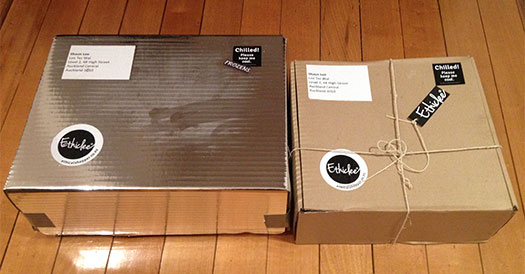
If more people ate Organic, Fairtrade, Cruelty-Free, Vegan, Vegetarian, Locally Produced and Non-GMO food the world would be a better place.
A Dotterel Breeding habitat at Tahuna Torea
After the last count of 50 Pukeko at Point England I am considering trying to find a better breeding habitat on the Tamaki Estuary for the local Dotterel. Michael Taylor can’t recall Dotterel showing any interest in the tidal mudflats in the lagoon area at Tahuna Torea. I am wondering why, as this seems the perfect spot.
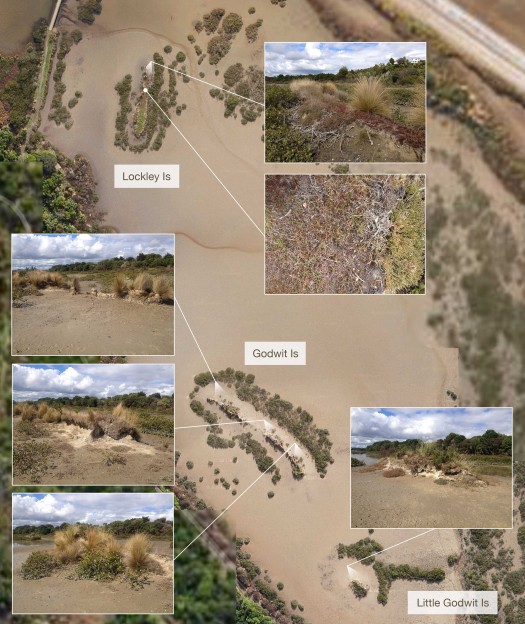
Mangroves and other vegetation would need to be cleared to give the birds a 270° view. Gwenda Pulham made the observation that there are no sand hoppers to feed chicks and I should read HANZAB. Which states “Usually feed on firm exposed mudflats, sand or stones; avoid soft sticky mud, e.g. near mangroves.”
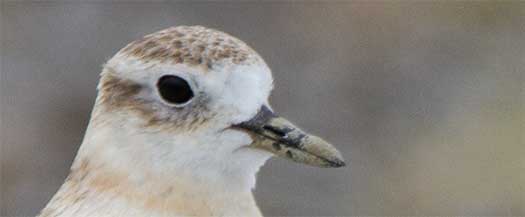
So how sticky is too sticky?
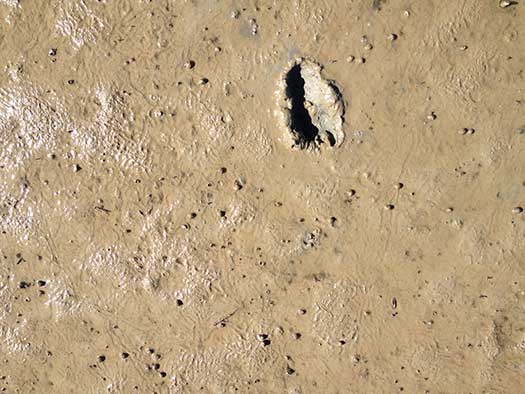
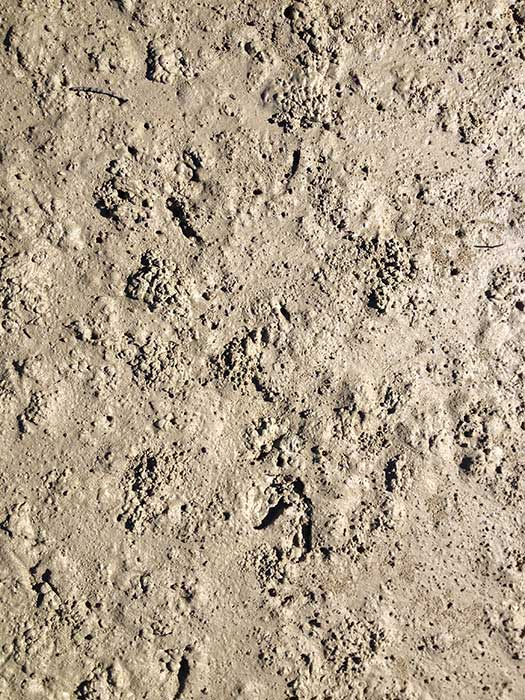
The odd Pukeko and roosting Caspian Tern is seen on the flats, and occasionally a Banded Rail. But mostly it’s White Faced Herons and Pied Stilts.
If it has a 30% chance or working then I am keen to:
- Clear dense vegetation from the islands.
- Remove or trim a large amount of the mangroves.
- Import shell.
- Reinforce the islands.
- Experiment with decoys.
UPDATE: May 2014: Experts think this is a long shot and that I have a better chance of dealing with the Pooks at Point England by poisoning them. But an even better idea is Chick Shelters!
UPDATE: March 2024: Well that worked after all!
Business Pollution Prevention Programs
Pest Monitoring
Monitoring Tunnel (S6) Selwyn Bush 24 March 2114

MY IDs: Using this guide
S1 –
S2 Rat
S3 Rat & Hedgehog
S4 Hedgehog
S5 Mouse
S6 Mouse & Rat (confirmed by Camera Trap)
S7 –
S8 Rat
S9 Rat
S10 –
This gives us a an Autumn result for 2014 of 56% Rat, 22% Mice, and 22% Hedgehog.
Wax Tags

These are only ones with marks, note S10 had no wax tag. I assume because of the ink markings and camera data they were both mouthed by rats. I am surprised there is any wax left on S6 given the amount of times the rats ran unto/past the tag (camera observations). On further inspection I think S6 is the only conclusive rat bite. Next time we should leave these out for 7 nights.
Solar Power
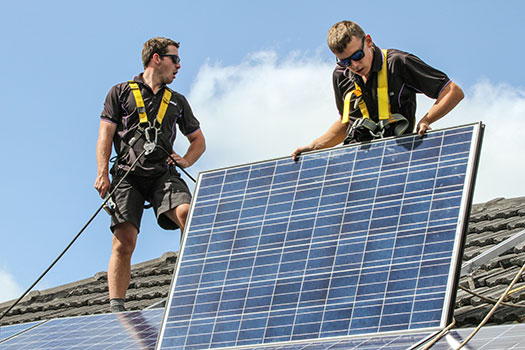
Shore Plover on the road
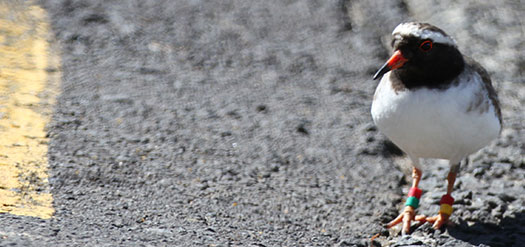
Shell Drop
 Awesome day building a shell habitat for Fairy Terns in the Kaipara.
Awesome day building a shell habitat for Fairy Terns in the Kaipara.
Also made some signs
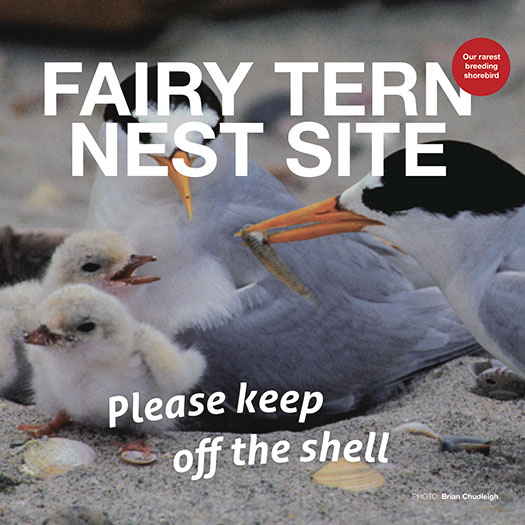
Avian Botulism
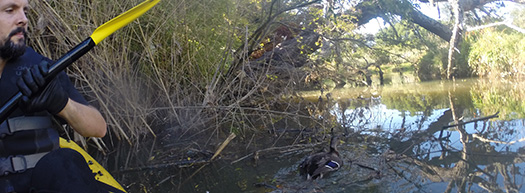
My son and I were taking photos on the Whau river for an upcoming business pollution prevention campaign, when we found 5 dead ducks, 1 dead Pukeko and this one partially paralysed duck. I called the councils hotline (09 377 310) and they sent someone out straight away, the scientist thinks it’s Avian Botulism. It looks like Pukeko can be affected (NZ Herald Link). So the only things that don’t match are that (as you can see in this photo) the ducks legs were paralysed and it could move its head just fine. Also the water is moving, tho maybe it’s stagnant further upstream. Case #14/0954
UPDATE: Water barely moving upstream (Olympic park).
What if cows had smaller bladders
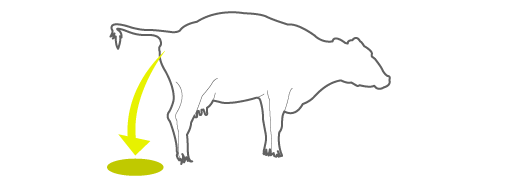
PROBLEM
Nitrogen leaching is a serious problem for NZ waterways. The main contributor is cow urine.
PREVIOUS/ EXISTING SOLUTIONS
There are lots of best practise management techniques partially employed around the country to manage the problem. Everything from fencing and effluent storage/reapplication to using nitrogen inhibitors. However its clearly hard work & expensive which is why the Govt recently threw $130M at the problem.
ASSUMPTION
The ‘patch’ does not have the capacity to process all the nitrogen in the urine. However a paddock could have the capacity if the urine was:
A). Spread over an even area. Note in this storage/ mechanical re-application trial although they achieved a 50% leaching reduction the application intensity had a negative impact on pasture production. Reducing intensity increases mechanical re-application costs.
B). Regularly in small amounts.
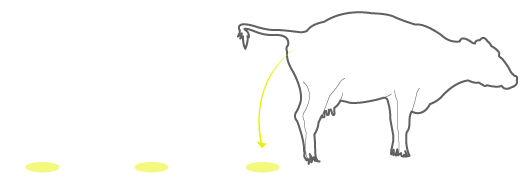
INSIGHT
If cows had smaller bladders they would spread the load more evenly and the pasture system could process more urine/nitrogen. (To a lesser extent walking whilst urinating would also help).
CONCERNS
A).This may increase nitrogen oxide levels, a serious greenhouse gas.
B). The health of the cow (cystitis).
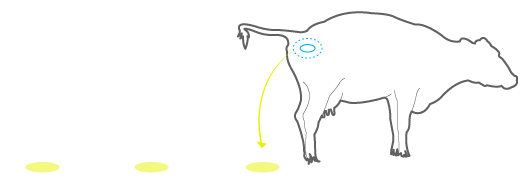
SOLUTION A
Start selectively breeding or genetically engineering cows with a small bladder. (Takes too long but is the best long-term solution)
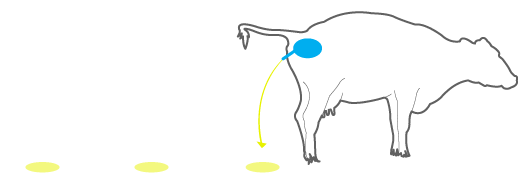
SOLUTION B
Surgically reduce the size cows bladders. (Too expensive) But what about fitting a catheter? Bypassing the sphincter muscles.
SOLUTION C
If you fill the cows bladder with something to reduce its size the bladder might just expand, the muscle we want to control is the sphincter. So how do you make the cow want to pee all the time? Farmers might have ideas but apparently you can do it by rubbing! Maybe a solar powered gadget that emitts an electric impulse to stimulate the cow?
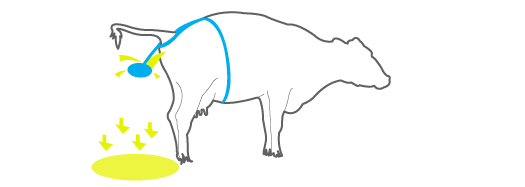
SOLUTION E
A disperser, is doubling the size of the patch enough?
UPDATE: Just listened to Keith Betteridge & Des Costall on Radio NZ.
They are gathering data on the volume and concentration (nitrogen) of events. Facts from the show:
- Event volumes range from .5L to 12L! With an average of 2L
- Nitrogen concentrations vary a lot, even in an individual animal. However there are patterns emerging which we could use to change cow behaviour and divert the N.
- Frequency is 10-12 times a day. Over the course of a year only 25% of a paddock is covered in patches. Quote “If only we could get the urine on the other 75%”. Awesome, my assumption above was correct!
Check the cows out wearing hi-tech gear here.
SOLUTION F
An interesting idea mentioned on the show. Adding salt to the cows diet would increase water consumption and dilute the N. Most water on farms is used for irrigation so in theory this would just be a small divergence in delivery. I guess the effects soil and milk salinisation need to be tested.
UPDATE:
After reading a lot of awesome research by Keith Betteridge on the subject, there is one major factor I had not considered. Cows pee in the night! Also the early morning urinations are particularly high in N. Keith refers to the cow campsites as Critical Source Areas (CSAs).
SOLUTION G
If I was reprogramming cows I would tell them “If walking then pee a little bit”. That would move events away from CSAs. However it would involve them having to get up in the night for a stroll quite a bit. The cow could be fitted with a dielectric elastomer so when the cow walked a small current was sent to a medically inserted stent which would force its urinary sphincter open so it leaked. However the cow would still be able to control its bladder the rest of the time, this is important so that it does not rupture its bladder in the night. The alternative means the cow leaks in its sleep which will not dilute the CSAs.











